Louis Mandylor knows Scott Adkins rather well. The pair bonded on The Debt Collector film series, breaking down their scenes and nuances of their characters to see what does and doesn’t work. So, when Adkins felt inspired by 1957’s The Bridge on the River Kwai and conceptualized the story for Prisoner of War – a World War II actioner where a British wing commander gets captured by Japanese forces and made to fight for his life – Mandylor brought in his Odyssey Motion Pictures partner Marc Clebanoff to write the film and produce.
What stands out about Prisoner of War is how it showcases a different side of Adkins as an actor compared to what viewers might be familiar with. His performance as James Wright showcases an emotional range that indicates there’s more to Adkins than meets the eye. Mandylor stated that Adkins knows exactly what his fanbase wants from him, but they spoke about finding a way to balance cinema (Mandylor’s favorite word by his own admission) and martial arts.
“I have such a tight friendship with him that I know what he can do as an actor,” Mandylor said. “I’m not sure if the public see him only as this action star, but this guy’s an incredible thespian. I keep telling him, ‘Dude, why don’t you do some movies where there’s no action?’ And I understand why, because people want to see him kick people in the face. I get it, but he can act, and he’s fantastic.”
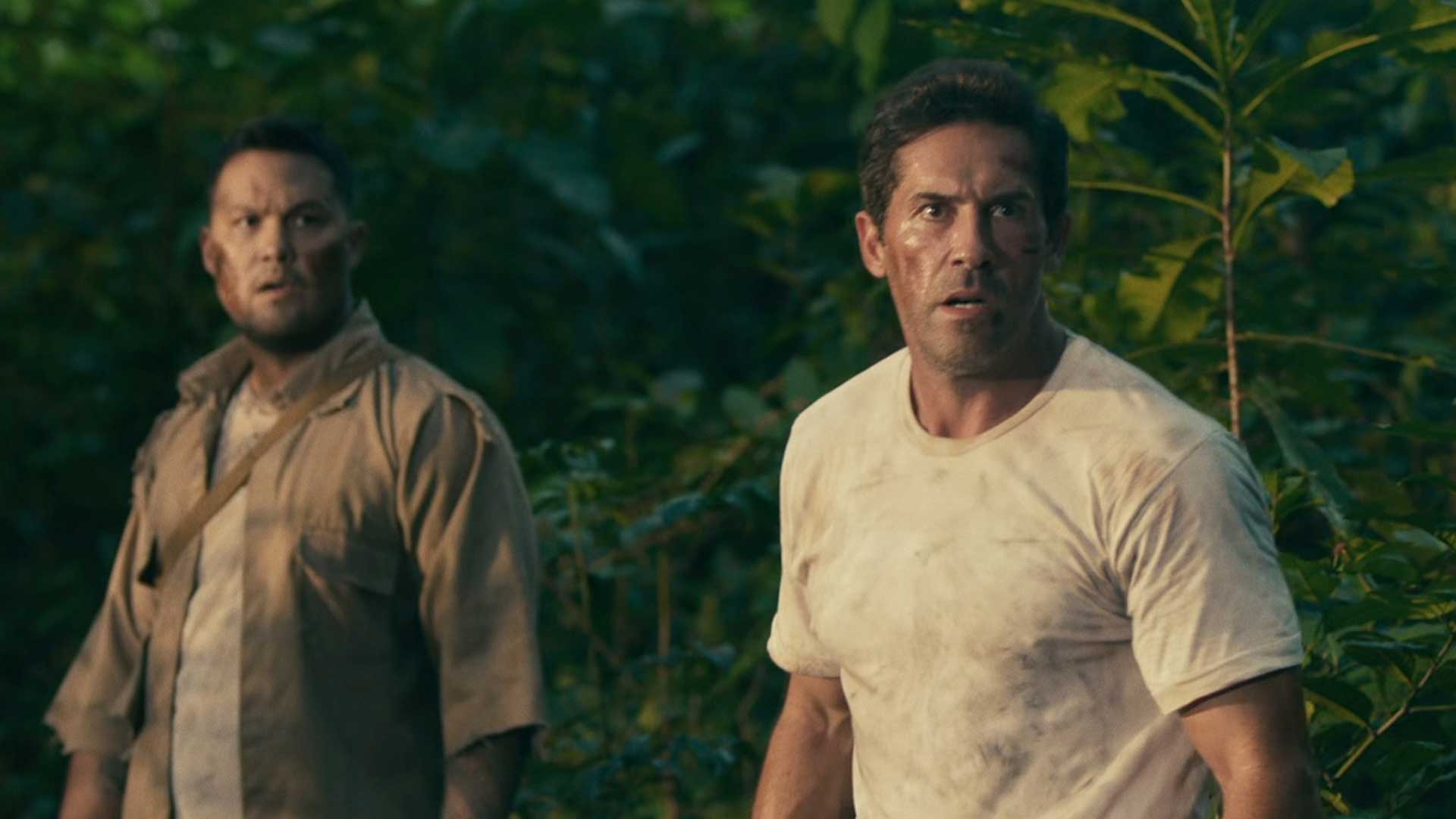
Prisoner of War combines martial arts with a depiction of real-life events of the Battle of Bataan from World War II. It’s a big ask for any filmmaker to nail one of these genres, never mind two of them. “A martial arts film meets a legitimate World War II movie was not an easy thing to do,” Mandylor said. “We infused a little fantasy with ‘the forbidden move.’ We infused the incredible action sequences, which are not only karate but also a little more judo. But we had to justify where [Wright] learned that through the narrative. Not many people know that Scott ripped his hamstring on day one of shooting, so we were all like, ‘Oh, boy.’ But it was kind of a blessing because it enhanced the action sequences somewhat.”
Tackling a World War II film can be daunting too, especially since there are history buffs who’ll let you know every single detail that’s wrong in the movie. Mandylor understands this, adding that they’re justified in demanding authenticity. He credited Clebanoff for putting in the work surrounding the facts of the era, while he also did his own research about the Battle of Bataan, death marches, prisoner camps, and Japanese commanders during World War II.
“I spent months investigating all that,” Mandylor said. “Peter Shinkoda’s Ido was a fusion of a few of these Japanese commanders of the time. There were some that were fantastic – very amicable, gave cigarettes, and played cards with the guys. Then there were others that were brutal, and there were others that were intermediate. Some camps were impenetrable. Some didn’t even have borders. And they said, ‘If you go, you go. But if we catch you, we’re taking your head off. And plus, when you go, there’s nowhere to go. So we’re going to find you anyway.’ So we had to incorporate all these things to make it as authentic as we can – from the style of martial arts to every punch that was thrown and the actual narrative.”
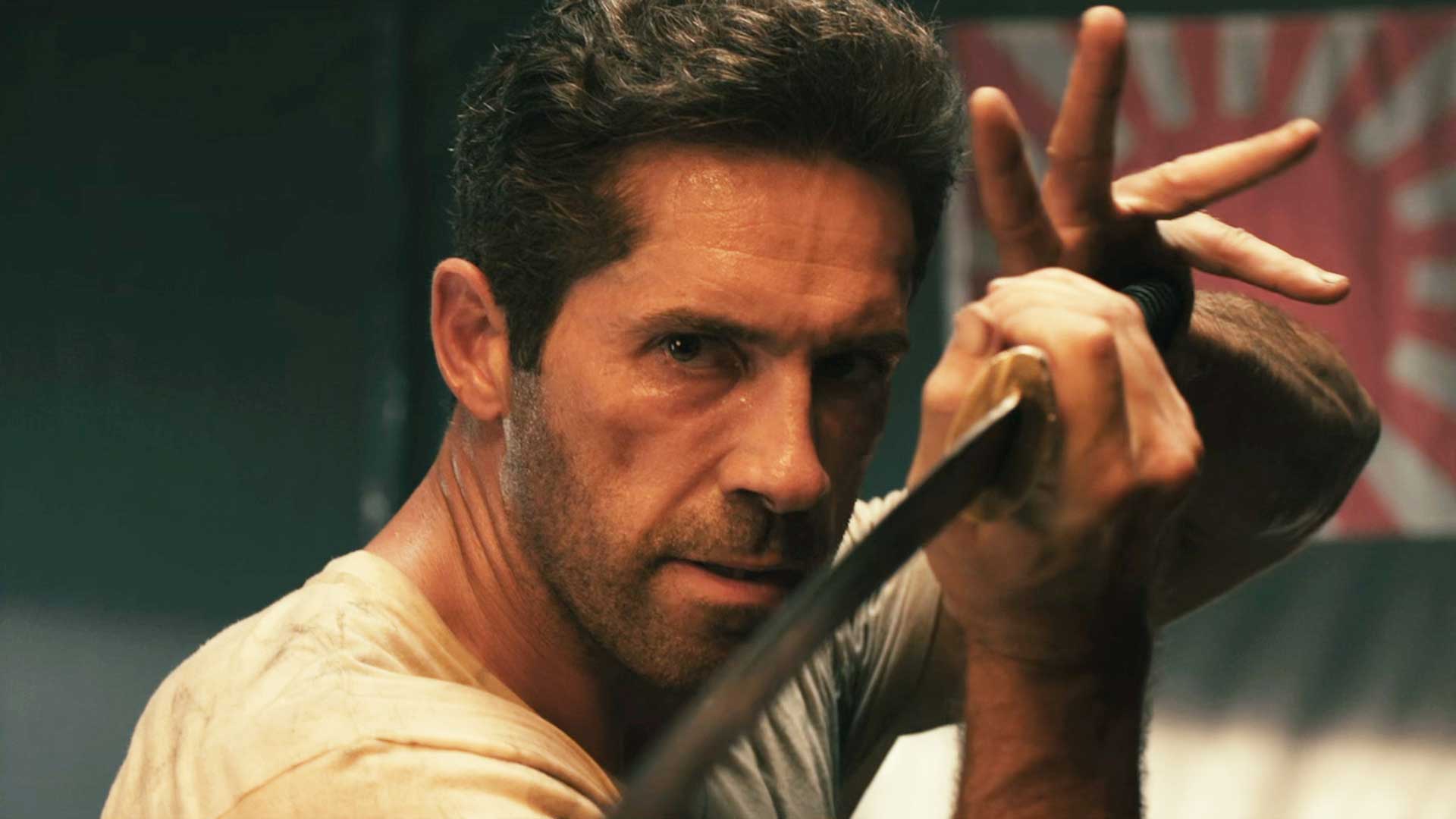
Prisoner of War was shot in Subic Bay, which isn’t too far from where the real-life events of the Battle of Bataan took place. Yet, disaster struck, as the crew was set to begin filming. “We had to change schedules literally two days before shooting because the typhoon blew the set apart and flooded it,” Mandylor said. “So we had to rebuild most of it and make a swing set for inside Ido’s tent. Brandon [Menchen] and Marc [Clebanoff] did really great with that, and they set it up so we could actually shoot on schedule.”
Mandylor praised the crew for their adaptability and dealing with the unpredictability of nature. At the same time, they also experienced something unexpected in Subic Bay. “I was having lunch one day on a Sunday,” he said. “It was a day off with some of my people. As we’re eating, this big sub just comes up from nowhere. And we’re all like, ‘What’s that?’ Yeah, I’ve never seen that before. A big sub just emerged, and we’re making this movie. [Laughs].”
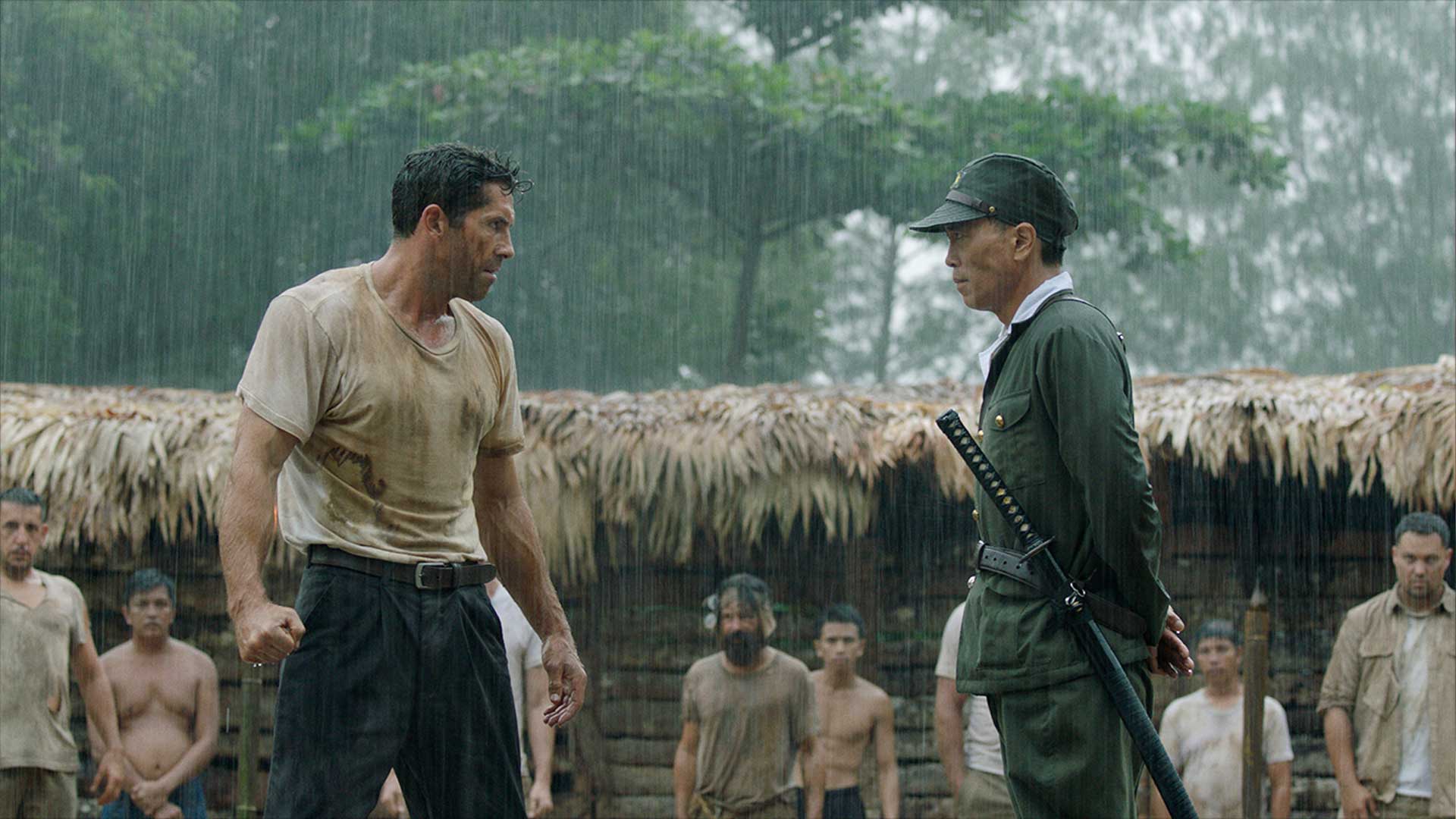
After collaborating on Prisoner of War, it’s highly likely that Mandylor and Adkins will team up again in the future. The question is: what would they do with no limitations and if budget wasn’t an issue? “It would be something out of this freaking world,” Mandylor said. “It obviously has some action-based cinematic mayhem. At this point in my life, my career, I’m not going to make any more movies that don’t give me that thump. I want to be thumped. I want to read the script and think, ‘Wow, this is really special.’ So whatever it is, the story has to be beautiful. Yeah, cinematic and violent, visceral beyond anything that’s ever been done.”
Directed by Louis Mandylor and starring Scott Adkins, Prisoner of War arrives on demand on September 19, 2025.

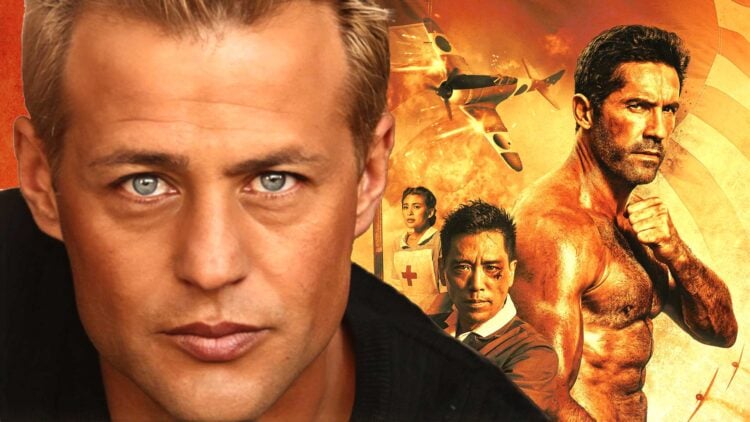



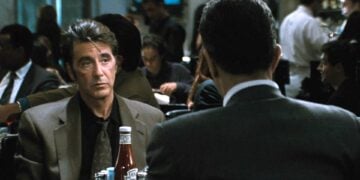

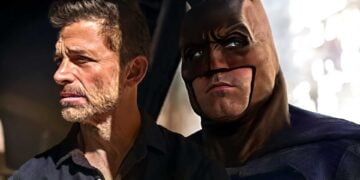


Discussion about this post